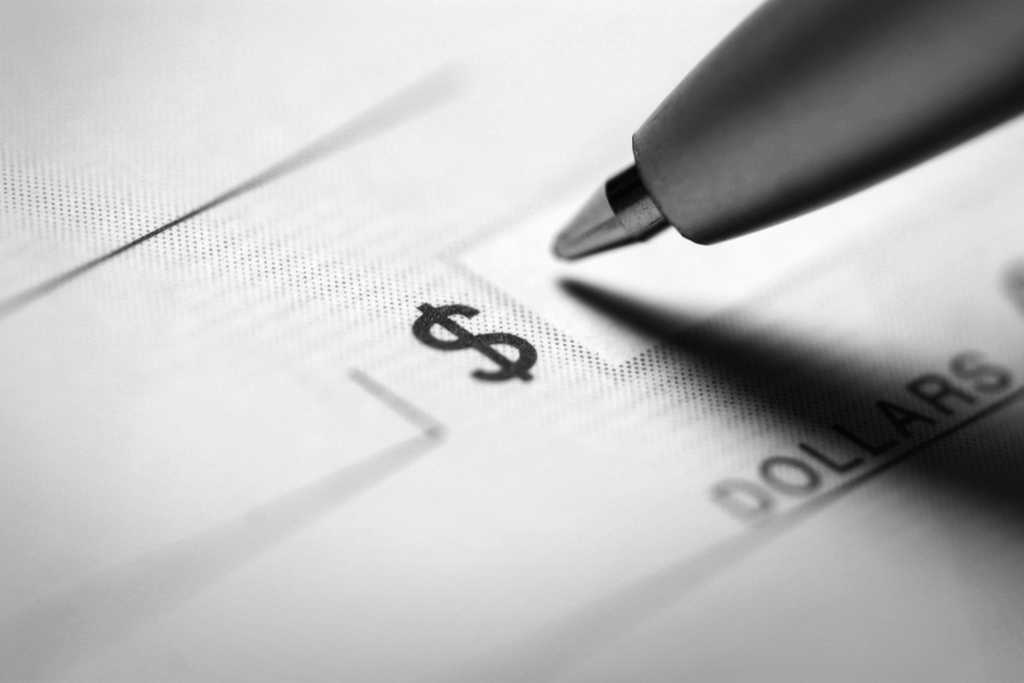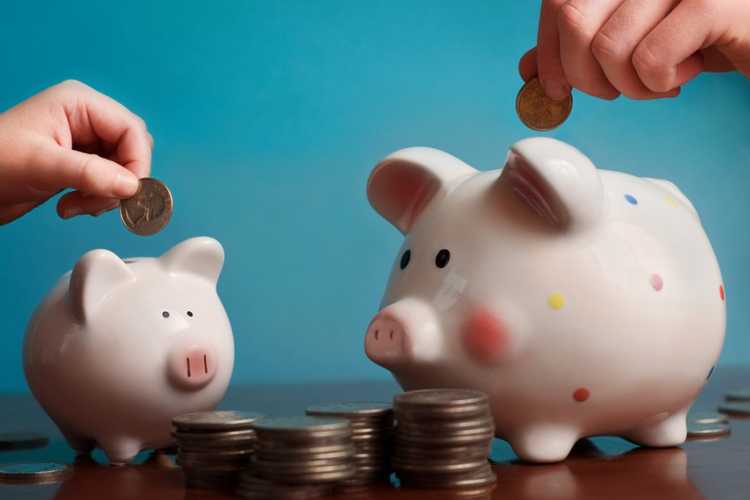You may have heard the terms “money order” and “cashier’s check” before, but do you know what they are and how they are different from each other? If you are ever in a situation where you are buying something that requires you to use certified funds for payment, you’ll typically have a choice between a money order and a cashier’s check. Both are secure, guaranteed funds that you can use to pay for anything from a bill or an apartment deposit to a car or house.
What is a money order?
A money order is a prepaid piece of paper that you can give to someone when they need immediate funds. You can buy money orders at several places, including grocery and convenience stores, big box stores like Walmart, and the post office. In order to purchase a money order you’ll pay for it with cash, but it’s more secure than carrying cash around. The cost of money orders depends on where you buy them, but they are usually available for less than $5 (and sometimes under $1).
One thing you don’t need in order to get a money order is a bank account, which makes it more appealing to people who don’t trust banks or credit unions with their money, or cannot have an account for some other reason.
What is a cashier’s check?
A cashier’s check is similar to a money order in that it provides immediate funds to the person you’re paying and it’s certified and safer than cash. To buy a cashier’s check, you will need a bank account. You can get a cashier’s check from your financial institution; they will remove or hold the funds until the check is cashed, and then those funds will be available for the recipient immediately. The cost for a cashier’s check is typically around $10.
If you don’t have a bank account, you won’t be able to get a cashier’s check. You also can’t get one from any financial institution other than your own.
Differences between money orders and cashier's checks
Although money orders and cashier’s checks are similar in many ways, they have plenty of differences to note as well, including the following.
Cost
The first difference between a money order and a cashier’s check is the cost. While you can buy money orders for anywhere from $1 to $5, cashier’s checks tend to cost around $10. But you do get some extra security along with that higher price when you choose a cashier’s check, which makes them a safer choice, especially for larger purchases.
Security
When a financial institution issues a cashier’s check, you will need to provide the name of the recipient. The bank or credit union will write that recipient’s name on the cashier’s check before issuing it to you, which means if you lose the check, no one else will be able to cash it, and you’ll be able to go back to your bank and cancel it.
With a money order, the issuer doesn’t write the recipient’s name at purchase, so it’s easier for someone to cash it if they find it on the street.
Ease of use
Both money orders and cashier’s checks are easy to use once you have your hands on them, but it’s definitely easier to get a money order in the first place. They are available at more places, so you can get one while you’re grabbing midweek groceries. Cashier’s checks, on the other hand, are only available from a bank or credit union, so you’ll probably have to make an additional trip to get one. Plus, if you don’t have a bank account, you would need to open one in order to get a cashier’s check, which would make a money order the easier choice.
When to use a money order
Money orders are ideal for smaller purchases because they are only available up to $1,000. Many people will use a money order to provide a safety deposit for an apartment they are planning to rent, or to pay a fee at the Department of Motor Vehicles.
If you don’t want to open a bank account, you can also use money orders to pay for your bills. It’s an extra step every month, but if you’re adamant about avoiding the bank it’s your best option to make sure your money gets to where it needs to go safely. However, bear in mind that if you lose the money order, anyone could find and cash it since it doesn’t specify a recipient until you fill it out yourself. If you lose a money order, you can get a refund if you have your receipt, but if someone cashes it before you can do that, the money will be gone forever.
When to use a cashier's check
Cashier’s checks are better suited for larger purchases. Unlike money orders, you can get a cashier’s check in any amount, meaning you can use them for the purchase of a car or a deposit on a house. You might also prefer to use a cashier’s check if you’d like more reassurance that nothing will happen to the money. Because the issuing financial institution fills out the name of the recipient, no one but that recipient can cash that check.
Frequently asked questions
Where can I buy a money order?
Money orders are available from lots of different places, including grocery stores, big box stores, pharmacies, Western Union branches, and even the post office. Just look for the MoneyGram or Western Union logo when you’re out shopping.
Where can I buy a cashier’s check?
Cashier’s checks are only available from banks or credit unions, and you can only get them at financial institutions where you’re a member. If you don’t have a bank account, you can’t get a cashier’s check.
Can I buy a cashier’s check or money order online?
No; you must go in person to a bank to get a cashier’s check, or to a vendor in order to get a money order. If you need to send money online, there are several ways to do that, including Venmo, PayPal, Zelle, and Google Money. Alternatively, for larger transactions, you can set up a bank wire transfer if you have the recipient’s bank information.
Summary
Cashier’s checks and money orders are both forms of certified funds that you can use to pay for anything from a bill to a deposit on a house. But they are different in several ways, including cost, ease of use, how and where to purchase, and security. Now you know the differences between the two, it’ll be easier to determine which to use when you need to pay with certified funds in the future.



